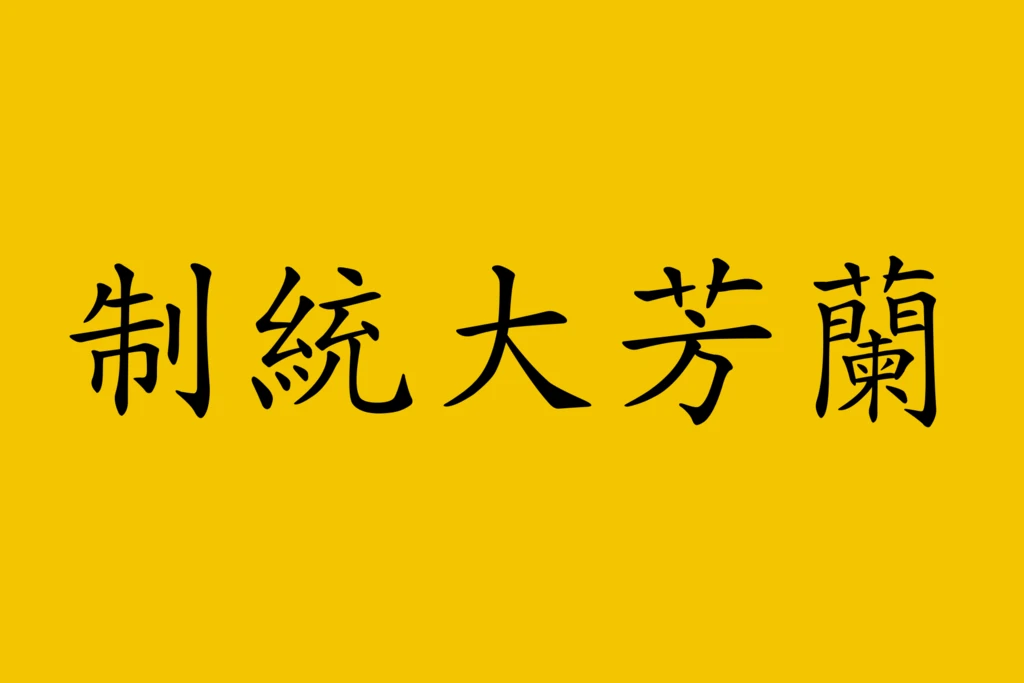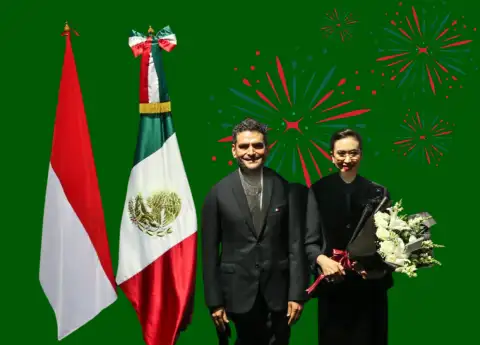LANFANG REPUBLIC: INDONESIA'S FORGOTTEN CHINESE REPUBLIC
The history of Indonesia after the arrival of European powers is well documented, but we often forget some parts of it, including the Chinese kongsis.

The Lanfang Republic was a Chinese republic, or a kongsi federation, established in Western Borneo. It was established in 1777 by a Hakka Chinese Low Lan Pak and was a tributary state of the Qing dynasty. The republic was brought to its end by the Dutch in 1884.
Lanfang, much like other kongsis established in the Nusantara region, left little to no written records of their own. Instead, accounts of the republic were gathered from nearby kingdoms and Dutch sinologists.
Chinese settlers had long lived on the island of Borneo. The kingdoms of Sambas, Sukadana, and Landak all imported Chinese workers from the mainland. Most of them engaged in trading, mining, and farming. Many of them later established their own companies, known as kongsis, including Lanfang. The kongsi, however, was established specifically to protect Chinese settlers from the Dutch.

The settlers of the Kongsi elected Low as their first leader, and Mandor was made Lanfang's capital city. The kongsi established relationships, even alliances, with nearby kingdoms, including with Sultan Abdurrahman of the Pontianak Sultanate. Lanfang was devoid of standing military. It did, however, have a defense ministry, with national militia being administered on conscription.
Despite being a kongsi, Lanfang adhered to many Chinese traditions, including the founding year of the republic being made the first year of the calendar. Low also reported to the Qing authorities about the establishment of the republic and even paid tribute to the emperor. During peacetime, Lanfang focused on farming, production, trading, and mining. Its administrative divisions were divided into three tiers, namely province, prefecture, and county. Leaders were elected for all levels of governance.
Low continued to rule Lanfang until his death in 1795. After the death of Low, the citizens of Lanfang elected Jiang Wubo. Lanfang had a total of twelve leaders. It continued to advance in agricultural techniques, mine production, cultural education, and military training.
The Qing dynasty grew weak in the mid-to-late 19th century. This regression in power affected Lanfang, which, in the end, fell to the Dutch. Lin Ah Sin was the last leader of the kongsi. With the help of the local Dayaks, he led the Mandor community in resisting the Dutch. Alas, they were substantially overpowered due to poor weaponry. A significant number of its remaining populace fled to Sumatra and Singapore.
The Dutch did not formally annex Lanfang until 1912 as they feared Qing's intervention. While it controlled the lands previously owned by the kongsi, it established a puppet regime. Only after the collapse of the Qing dynasty did the Dutch formally proclaim their occupation.
#THE S MEDIA #Media Milenial



























